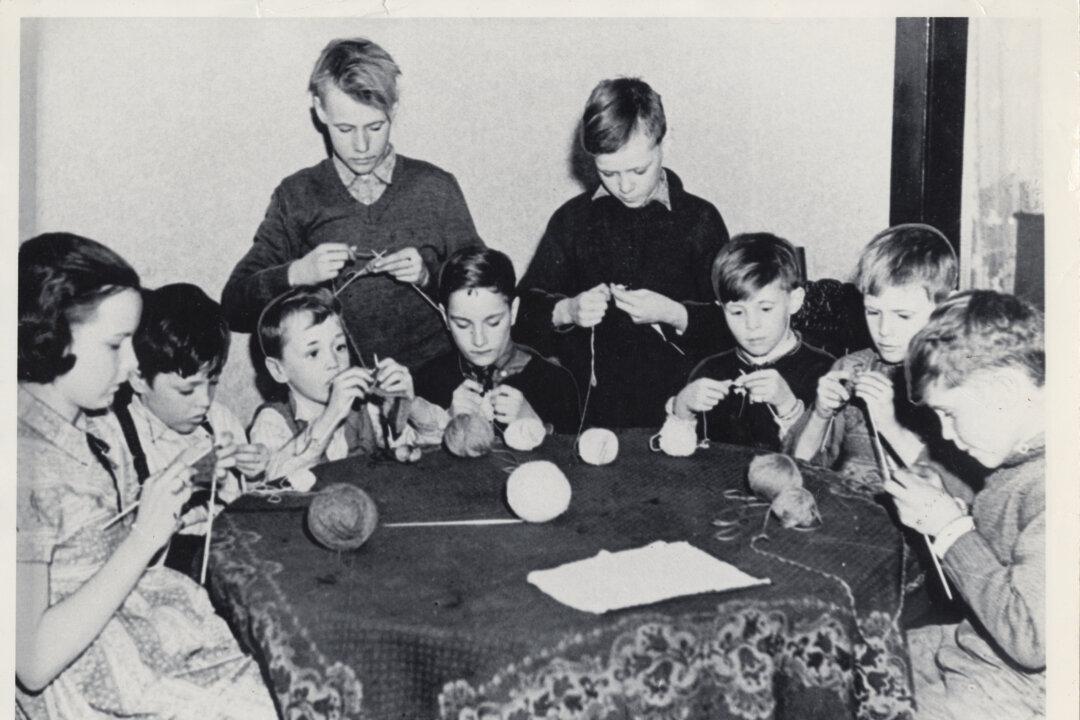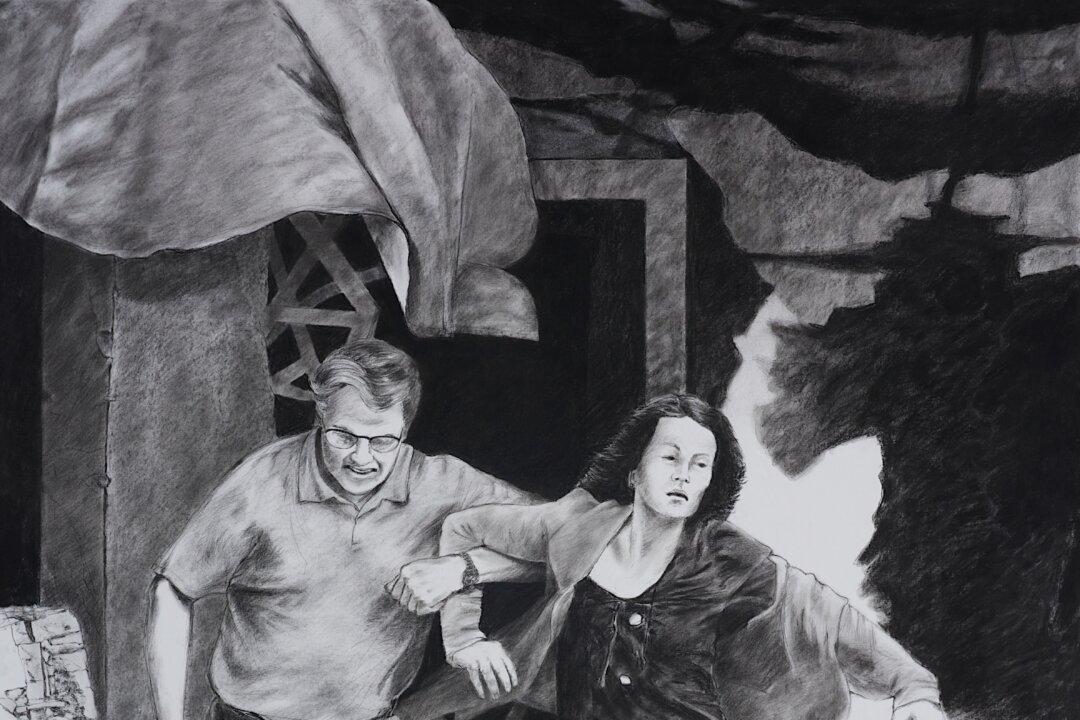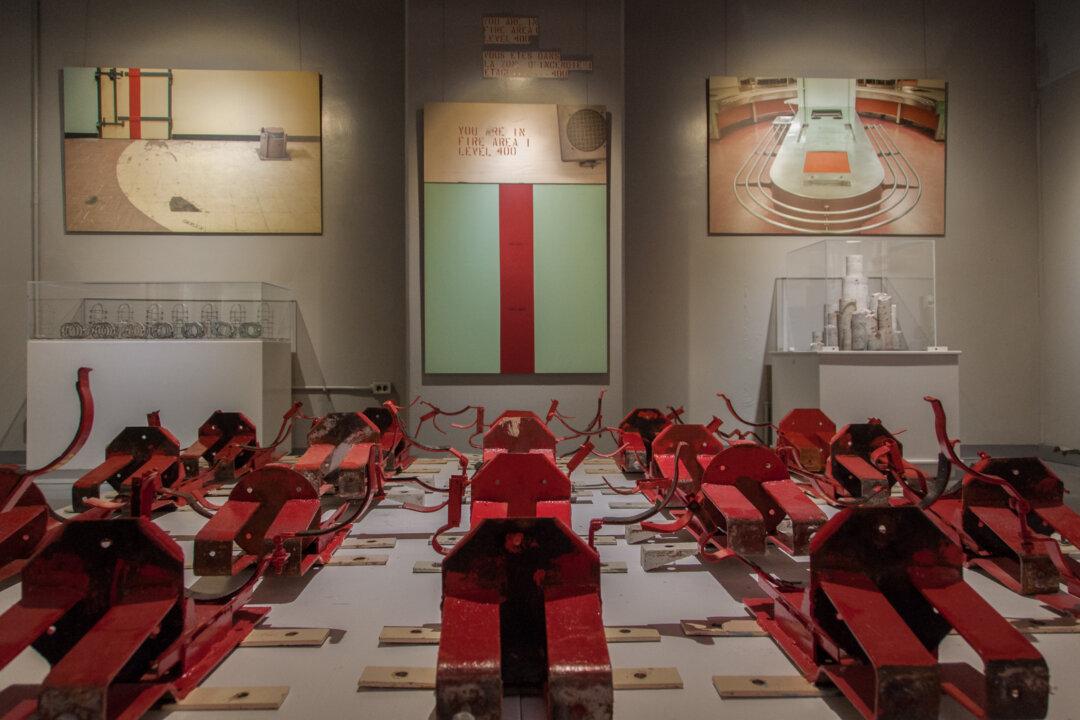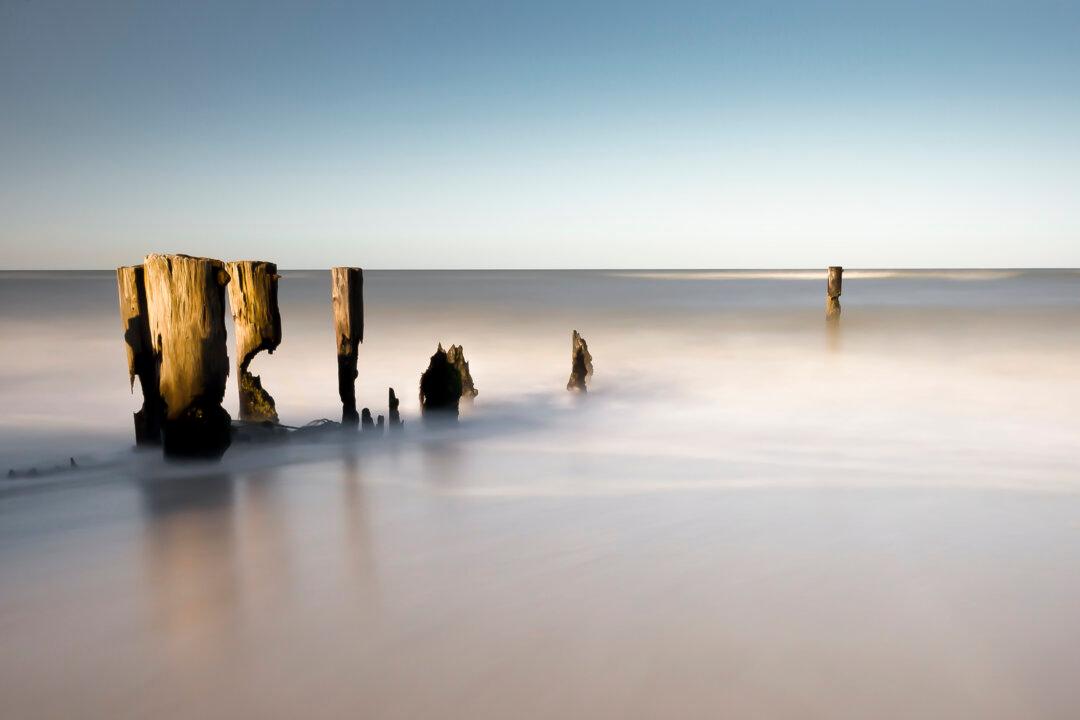War and Peace are ever linked together. When bombs stop falling, when hostilities cease, people speak of a time of peace. Is the cessation of war the only requirement of peace? Too often, one war begets another, then another. What makes a “good peace?”
The Canadian War Museum addresses the question of peace in a large, sprawling exhibition titled “Peace–the Exhibition.” Three factors or aspects of peace and peace-making are identified in the exhibition, each illustrated with a selection of artifacts, photographs, and short narratives.
The three factors are “Negotiate,” “Organize,” and “Intervene.” Close attention to the choice of events soon makes it clear: leaders negotiate; people organize; states intervene.
The first area visitors enter is “Negotiate,” where materials from the Suez Crisis of 1956, Crown treaties with First Nations, and border disputes and resolutions between Canada and the United States are displayed.
For the concept of “Organize,” the museum drew upon the stories of World War I, the Cold War, the Vietnam War, and a few other conflicts to demonstrate the effectiveness of people acting in concert.
“Intervene” displays materials from World War II, Afghanistan, the Spanish Civil War, as well as post-WWII reconstruction in Europe and rebuilding hurricane-devastated Haiti. All of these events serve to illustrate the importance of states intervening to rebuild societies.
The exhibition’s goals have been thoughtfully identified. Some parts of the many displays are wonderfully, imaginatively effective. Artist Karen Bailey’s large painting, “Flight from Kandahar,” for example, makes it plain how tough it is to keep filling big airplanes with men and their battle gear, planes that fly in and out of battlefields.
Similarly, among the materials assembled for “Organize,” 20 examples of popular films and children’s books from the Cold War period make it abundantly clear that nuclear war was no option for most people. Titles displayed include “On the Beach” (1959), “The Day After” (1983), “Dr.Strangelove” (1964), and “Sadako and the 1,000 Paper Cranes” (1977), among others.
Other parts of the exhibition, unhappily, are confusing. For example, print texts devoted to the Suez Crisis of 1956 in the “Negotiate” section, one of the first areas the visitor sees, do not tell us the year of the crisis. Luckily, a short video nearby provides a date—1956. However, the photograph of Lester Pearson and Dag Hammerskjold, presumably “negotiating” at the U.N., is undated. Is there no information in the archives for this photograph, as well as a number of other items displayed without dates?
In other instances, descriptions provided are much too brief. The historic treaties between the Crown and First Nations presented in “Negotiate” are not, to this day, settled matters. Last winter’s Idle No More national protests and demonstrations made that clear. Sitting Bull (Tatanka Iyotake), a Teton Dakota chief of the Sioux Nation was, in the accounts of many historians, one of the greatest of Sioux leaders. Visitors would not know that from the museum’s text.
The exhibition provides a number of child-friendly resources. At one of the children’s tables, a game of negotiation is suggested. Its goals—pizza or hotdogs—are simply stated on cards. How will two players solve the problem? At another visitor station, a wall of movable panels invites visitors to shift images about in response to the question: “What does Peace look like to you?”
Entering the exhibition, the visitor sees a wall of protest buttons. Some of the buttons are clearly anti-war, such as “Bread not Bombs,” others are relics of past political campaigns, including those of both Marion Dewar and Jean Chretien. Buttons from the 1970s celebrate Earth Day, while more recent ones are directed toward campaigns against date rape, such as “No means No.” One of the museum programs encourages visitors to design their own buttons.
Departing the exhibition one may wish to spend a moment or two quietly looking out the large window of the Mess, the museum’s coffee shop. The view is of snow-covered banks and the Ottawa River. There is much to consider in all that has been displayed.
Dr. Amber Lloydlangston, curator of “Peace–the Exhibition,” will provide a behind-the-scenes tour of the exhibition on Thursday, Dec. 12. For specific times, visit: www.warmuseum.ca
Maureen Korp, PhD is an independent scholar, curator, and writer who lives in Ottawa. Author of many publications, she has lectured in Asia, Europe, and North America on the histories of art and religions. e-mail: [email protected]





